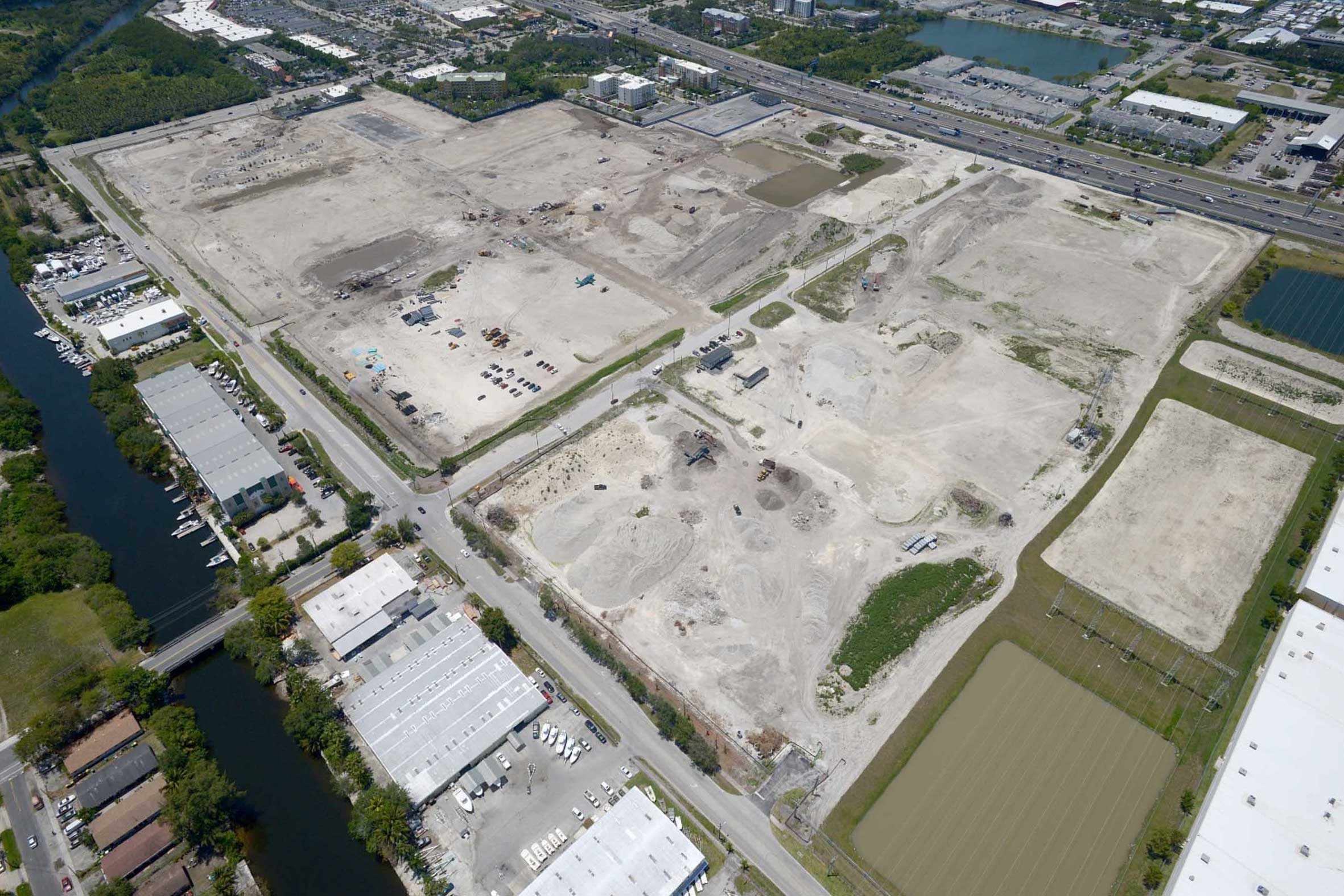
Picture a construction project. What comes to mind? Concrete trucks pouring foundations? Tower cranes moving steel into place? Maybe masons laying the building’s brick exterior? There’s a lot of critical tasks that go into building a project and in our industry, we tend to focus on going vertical. That’s why we celebrate topping out. It’s a major milestone on the road to completion. But there’s a lot of work that has to be done long before we can go vertical, and it’s one of the most expensive yet commonly underestimated phases of construction.
In a recent blog, we discussed seven factors that can make your project more expensive. One of those is site conditions. Sitework itself is expensive, but what can cause budgets to skyrocket is when the full scope of sitework isn’t planned and accounted for in the initial budget. There are a lot of unknowns when it comes to a site and without a full investigation coordinated between the owner, design team, and contractor, those unknowns can cost your project a lot of money. Here are 4 variables that impact the cost of sitework:
1. Subsurface Conditions
A geotechnical report is the first step to managing the costs associated with sitework. First, it will reflect what kind of soil conditions are present on site. Are the soils suitable for use as fill? Are they moisture sensitive? Will they require chemical stabilization or conditioning? But there’s a lot more your contractor needs to know about what’s going on below grade. Is there rock that will increase the cost of excavation and/or utility installation? Are any of the onsite soils potentially contaminated or hazardous? Are there any potential pits or sinkholes lurking under the surface? What about ground water? Will a perimeter dewatering system be required, or can water be managed by normal sump and pump methods? All of those issues and the work required to resolve them, should be fully addressed in the budget as it’s being developed.
2. The Right Foundation
Once you understand what kind of site conditions you’re dealing with, next you should determine what kind of foundations your building needs. This is a perfect example of how bringing your contractor in to work closely with the design team can save your project money. Can onsite soils be compacted sufficiently to support your building? Or will it require a deep foundation system? Changes in foundation systems can mean an increase in cost. Early evaluation of potential foundation systems could make the difference between being under or over budget.
3. Specialized Sitework
There’s a lot of unique site conditions that could require additional work. If that work isn’t accounted for in your budget, it can derail it fast. On a project we’re working on now, the unstable soil required deep dynamic compaction across 40 acres of the site. In addition, a significant amount of contaminated soil had to be treated and cleaned in alignment with EPA standards. Fortunately, our client was aware of the extensive sitework requirements and brought us, their engineer, and design team in early to collaborate, plan, and manage the work.
4. Labor Costs
We’ve talked a lot about how the labor shortage is impacting construction costs, and sitework is no different. On a recent project in downtown Nashville, the initial design came in way over budget. By the time the architect completed a redesign, site costs in Nashville had skyrocketed. In this instance, since we couldn’t change the increase in site costs, we found a way to create savings in other ways. One of the most expensive factors of excavating and grading in a downtown area is the cost of hauling materials to and from the site. We worked with our site contractor to find a way to waste materials onsite in an undeveloped part of the property. Excess material, will be spread, compacted, and developed into an attractive grassy area for the development. By eliminating the need to haul materials away from the site, we were able to maintain our site budget and keep the design moving forward so construction could start on schedule.
Sitework is expensive. But most of the expense can be planned and accounted for if your contractor is on board early. In contrast, a past project where we were added to the team after the initial program budget was established, developed a major hurtle when we completed our first design development estimate. The program site costs had been initially set at $1 million while, due to unanticipated site conditions, our design development budget came in closer to $2 million. At that point, the only thing we could do to help our client’s budget is value engineer the design and cut costs to the actual building. If we had been involved earlier in the design phase, we could have done a full investigation of the site and thoroughly evaluated site development costs, so that a more accurate site estimate could have been included in the budget from the beginning — saving our client time and money and preventing unpleasant surprises later in the project. Click here, to read a case study on a project where we helped our client manage extensive sitework for a massive 102-acre site.

